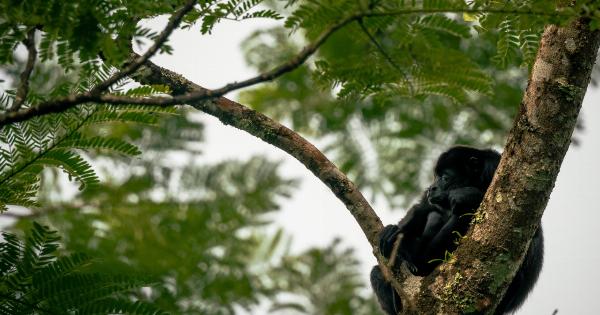Rhinos, the majestic mammals known for their distinctive horns, have been continuously threatened by illegal poaching and habitat loss, which have led to a decline in their population numbers.
The current situation calls for immediate action to protect these fascinating creatures before they become extinct. This article focuses on the causes and cures of rhino endangerment.
Cause of Endangerment
The primary cause of rhino endangerment is poaching. The demand for rhino horn is high in Asia, where it is used in traditional medicine and prized as a status symbol.
Rhino horn, however, has no medicinal value and is made of keratin, the same material found in human hair and nails. The illegal poaching of rhinos for their horns has significantly contributed to the decline in population numbers.
Another cause of rhino endangerment is habitat loss due to human activities such as deforestation, mining, and urbanization.
Rhino populations have significantly decreased as their natural habitats continue to be degraded or converted into agricultural land.
Climate change is also threatening rhinos as their habitats are transformed by drought, flooding, and other extreme weather events, leaving these animals with limited access to food and water.
Conservation Measures
Over the years, various conservation measures have been put in place to protect rhinos from extinction. The strategies have been highly effective in some regions, but more work needs to be done to ensure the long-term survival of rhinos.
Intensive anti-poaching measures have been implemented to curb the illegal trade of rhino horns.
These measures include increased security in national parks and reserves, anti-poaching laws and stricter penalties for offenders, raising public awareness, and educating communities on the importance of wildlife conservation.
The relocation of rhinos to safer areas is another conservation measure that has proved successful. Rhinos are relocated to safe zones where they are protected from poachers and human activities that may threaten their habitats.
Zimbabwe’s Intensive Protection Zone is an excellent example of a successful rhino relocation program.
The protection of rhino habitats is crucial in ensuring the survival of these animals.
Governments and conservation organizations are working together to establish protected areas such as national parks and reserves where rhinos are free to roam without the threat of human interference. The creation of corridors that allow rhinos to move from one habitat to another is also a vital conservation measure.
Challenges Faced
The conservation efforts have faced various challenges, including:.
Poaching
The illegal trade of rhino horns continues to pose a significant threat to the survival of rhinos. Poachers use sophisticated tactics and weapons to get rhino horns, making it difficult for authorities to apprehend them.
To combat poaching, there is a need for better technology, increased surveillance and public participation in anti-poaching efforts.
Anti-Rhino Efforts Sabotage
Conservation efforts to protect rhinos are sometimes sabotaged by corrupt officials, who collude with poachers to ensure their illegal activities continue.
Such sabotage calls for more stringent enforcement measures, including harsh penalties for those involved in illegal trade in rhino horns.
Limited Funds
The conservation of rhinos requires significant funding, yet most conservation organizations are underfunded. This limitation has led to a lack of resources to implement effective anti-poaching and habitat protection measures.
Therefore, more investments in rhino conservation are necessary to protect these beautiful creatures from extinction.
The Way Forward
Protecting rhinos from extinction is an ongoing battle that requires sustained effort and investment from everyone. The following are recommendations for protecting rhinos for generations to come:.
Community Involvement
Communities living near rhino habitats should be engaged in rhino conservation efforts. This can be achieved by providing locals with economic opportunities that do not rely on the exploitation of wildlife.
Additionally, education on the significance of rhino conservation will encourage locals to participate in anti-poaching and habitat protection activities.
International Co-operation
To combat poaching, there is a need for international co-operation to stop the illegal trade in rhino horns. Countries that are end destinations for rhino horns should impose stringent restrictions and penalties on the illicit trade.
Moreover, the international community should support the efforts of African countries in protecting their rhino populations.
Increased Funding
Adequate funding is necessary for the success of rhino conservation efforts.
Governments, conservation organizations and corporations need to invest more in rhino protection measures, such as anti-poaching, habitat protection, and public awareness campaigns.
Conclusion
The survival of the rhino population is dependent on the protection of these animals by all stakeholders. The illegal trade in rhino horns and habitat loss remain the significant causes of rhino endangerment.
Through concerted efforts by governments, conservation organizations, and communities, the rhino population can be protected for future generations to enjoy.






























